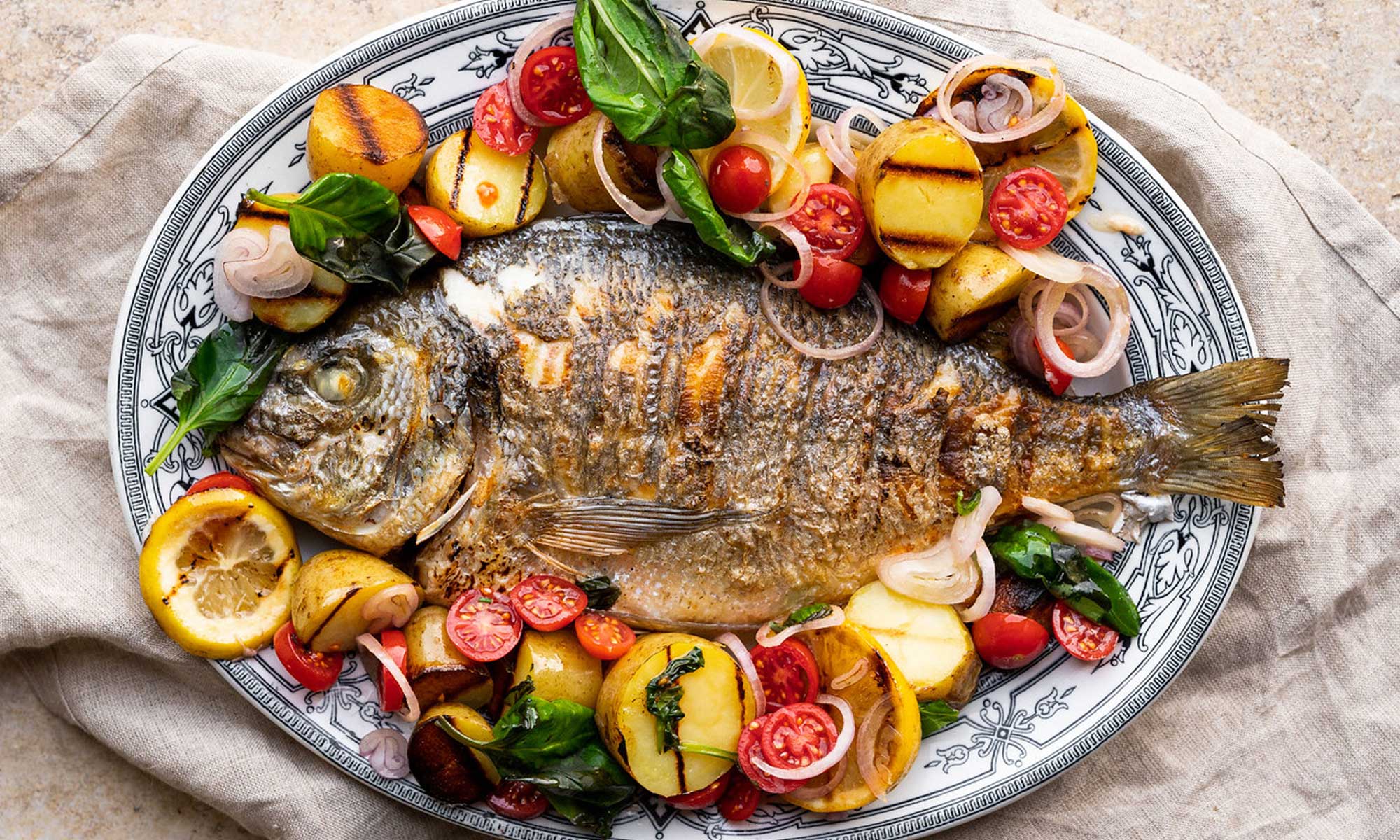Fusilli pasta, with its whimsical corkscrew shape, has long been a staple in Italian cuisine, captivating palates with its delightful texture and versatility. In this comprehensive guide, we embark on a culinary journey to explore the fascinating world of fusilli, uncovering its rich history, intricate craftsmanship, and endless culinary possibilities.
A Brief History of Pasta
Pasta, often hailed as Italy’s gift to the world, boasts a history dating back centuries. Originating from the Mediterranean region, pasta was initially made from durum wheat flour and water, shaped by hand and dried in the sun. The evolution of pasta production saw the emergence of various shapes and forms, each tailored to complement specific sauces and dishes. Fusilli, with its spiral design, emerged as a testament to the ingenuity of Italian pasta makers, offering both aesthetic appeal and functional excellence on the dinner table.
The Advent of Fusilli Pasta: Origins and Evolution
The precise origins of fusilli pasta are shrouded in mystery, with historical records pointing to its existence as far back as the 16th century. Some culinary historians believe that fusilli may have originated in southern Italy, particularly in regions like Campania and Sicily, where pasta-making traditions run deep. The name “fusilli” is derived from the Italian word “fuso,” meaning spindle or spindle-shaped, a nod to the pasta’s distinctive spiral shape.
Why Fusilli Holds a Special Place in Italian Cuisine
Fusilli’s popularity in Italian cuisine can be attributed to its versatility and ability to pair harmoniously with a wide range of sauces and ingredients. Whether coated in a rich tomato sauce, tossed with creamy Alfredo, or mixed with vibrant pesto, fusilli’s spiral shape allows it to capture and hold onto sauces, ensuring that each bite is bursting with flavor. Beyond its culinary appeal, fusilli also holds cultural significance in Italy, symbolizing unity and togetherness through shared meals and cherished family traditions.
The Anatomy of Fusilli
At the heart of fusilli’s charm lies its unique spiral design, which not only adds visual interest to dishes but also serves a functional purpose in capturing and holding onto sauces. Fusilli’s corkscrew shape features ridges and grooves that provide ample surface area for sauces to cling to, ensuring a flavorful and satisfying dining experience with every bite. While traditional fusilli is typically made from durum wheat semolina flour and water, modern variations may incorporate ingredients like whole wheat flour or spinach for added nutritional value and visual appeal.
Shape Matters: Understanding Fusilli’s Spiral Design
The spiral shape of fusilli pasta is achieved through a process known as extrusion, where pasta dough is forced through a die to create long, twisted strands. This distinctive shape not only adds visual interest to dishes but also serves a functional purpose in enhancing sauce adherence and overall eating experience. Whether served in a simple tomato sauce or tossed with a medley of vegetables, fusilli’s spiral design ensures that each bite is infused with flavor and texture, making it a favorite among pasta lovers worldwide.
Varieties of Fusilli: Long vs. Short, Thick vs. Thin
Fusilli pasta comes in a variety of shapes and sizes, allowing chefs to tailor their dishes to suit their preferences and culinary creations. While traditional fusilli is characterized by its long, spiral strands, variations such as short fusilli are also available, offering a compact and bite-sized alternative for certain dishes. Additionally, fusilli can vary in thickness, with some varieties featuring thicker strands that provide a more substantial bite, while others boast thinner strands that cook quickly and evenly. Whether opting for long or short, thick or thin, fusilli offers endless possibilities for creative cooking and culinary experimentation.
Texture and Taste Profile: What Makes Fusilli Unique
Beyond its distinctive shape, fusilli pasta is prized for its satisfying texture and versatility in absorbing flavors. When cooked to al dente perfection, fusilli boasts a tender yet toothsome bite, offering a delightful contrast to creamy sauces and tender vegetables. The spiral shape of fusilli also creates pockets and crevices that trap bits of sauce and ingredients, ensuring that each forkful is a harmonious blend of flavors and textures. Whether served hot or cold, fusilli’s versatility makes it a beloved choice for pasta salads, baked dishes, and everything in between.
Making Fusilli: From Dough to Dinner Plate
The journey from pasta dough to finished fusilli involves a series of meticulous steps, each essential in achieving the perfect texture and flavor. Traditionally, fusilli pasta is made using durum wheat semolina flour and water, which are combined to form a firm yet pliable dough. The dough is then extruded through a specialized pasta machine equipped with a fusilli die, which shapes the pasta into long, spiral strands. Once formed, the fusilli is carefully dried to remove excess moisture, ensuring a stable and shelf-stable product that can be stored for future use.
Traditional vs. Industrial Methods of Production
While traditional methods of pasta-making involve handcrafted techniques passed down through generations, modern industrial processes have revolutionized the way pasta is produced on a large scale. Industrial pasta factories utilize automated machinery and precision engineering to streamline production, allowing for greater efficiency and consistency in quality. While some purists may argue that traditional methods yield superior results in terms of flavor and texture, industrial production ensures widespread accessibility and affordability of pasta products, including fusilli, to consumers around the world.
Ingredients: The Role of Semolina Flour and Water
Central to the art of pasta-making are the ingredients used to create the perfect dough, with durum wheat semolina flour and water serving as the foundation for traditional fusilli pasta. Durum wheat semolina flour, prized for its high protein content and golden hue, provides the structure and elasticity necessary for shaping pasta dough, while water acts as a binding agent to bring the ingredients together. The quality of the ingredients, particularly the semolina flour, plays a crucial role in determining the texture and flavor of the finished fusilli pasta, with premium-grade flours yielding superior results in terms of taste and consistency.
The Art of Spiralizing: Crafting Fusilli by Hand
While industrial production has made fusilli pasta readily available to consumers worldwide, there’s something undeniably special about crafting pasta by hand. For pasta enthusiasts and home cooks alike, mastering the art of spiralizing fusilli offers a rewarding and deeply satisfying culinary experience. To make fusilli by hand, start by preparing a simple pasta dough using semolina flour and water, then roll out the dough into thin ropes. Using a small knife or pasta cutter, carefully slice the ropes into small segments, then use a wooden dowel or skewer to twist each segment into a spiral shape. With practice and patience, you’ll soon be able to create beautifully twisted fusilli pasta that rivals even the finest artisanal varieties.
Regional Variations and Culinary Applications
Across the diverse regions of Italy, fusilli pasta takes on unique characteristics and flavor profiles, reflecting the culinary traditions and preferences of each locale. In southern Italy, particularly in regions like Campania and Puglia, fusilli is a beloved staple, often featured in hearty pasta dishes like pasta alla puttanesca and orecchiette with broccoli rabe. In central Italy, fusilli may be served with rich meat sauces like ragù alla bolognese, while in the north, creamy sauces and delicate herbs take center















